Fluorine-lined self-priming pumps are commonly used in various industries such as chemical, pharmaceutical, and electronic industries. They are known for their self-priming capabilities and excellent corrosion resistance, making them suitable for handling corrosive fluids. However, there has been ongoing debate regarding the need for priming before starting a fluorine-lined self-priming pump. This article aims to analyze and address the issue of priming in fluorine-lined self-priming pumps.
1.Priming in Self-priming Pumps:
Priming refers to the process of filling the pump and the pipeline system with liquid before starting the pump. This ensures that the pump can effectively draw in the liquid and establish a continuous flow during operation. For certain types of pumps, such as centrifugal pumps and reciprocating pumps, priming is necessary as they require the pump chamber and suction pipe to be filled with liquid to establish proper working pressure and flow. However, the situation may differ for fluorine-lined self-priming pumps.
Fluorine-lined self-priming pumps typically possess a strong self-priming capability, allowing them to remove air and draw in liquid to a certain extent. Therefore, in most cases, priming may not be necessary before starting a fluorine-lined self-priming pump. However, this depends on the specific operating conditions and application requirements.
In certain situations, especially after prolonged periods of inactivity or when there is air present in the pipeline system, priming can be a wise choice. Priming helps in removing air from the pipeline, reducing air resistance during startup, and ensuring that the fluorine-lined self-priming pump quickly draws in liquid and establishes normal operation.
Additionally, in certain specialized applications such as handling high-viscosity fluids or prone-to-crystallization media, priming can provide additional protection. Priming helps in filling the pump chamber and pipeline with liquid, reducing the startup load on the pump and preventing liquid solidification or crystallization that can lead to blockages or damage.
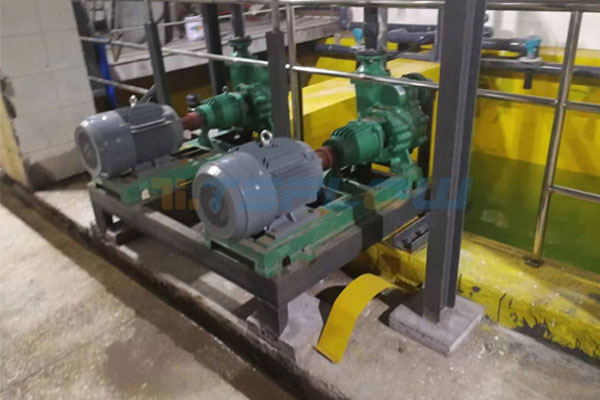
The need for priming before starting a fluorine-lined self-priming pump depends on specific conditions and considerations. In most cases, fluorine-lined self-priming pumps possess significant self-priming capabilities, allowing them to start without priming. However, priming may be necessary after prolonged periods of inactivity or when there is air in the pipeline system. Furthermore, in applications involving high-viscosity fluids or prone-to-crystallization media, priming can offer additional protection. Therefore, the need for priming should be carefully evaluated and decided based on the actual operating conditions and application requirements.





 +86 18130251359
+86 18130251359 teflowpumps@tlpumps.com
teflowpumps@tlpumps.com

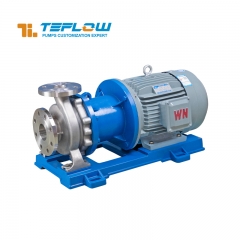
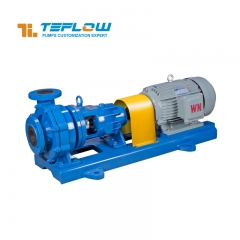
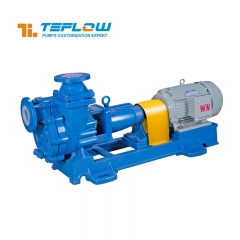
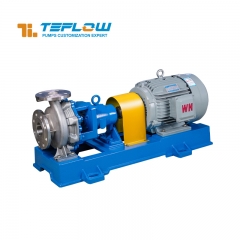








 +86+0563-5093318
+86+0563-5093318
